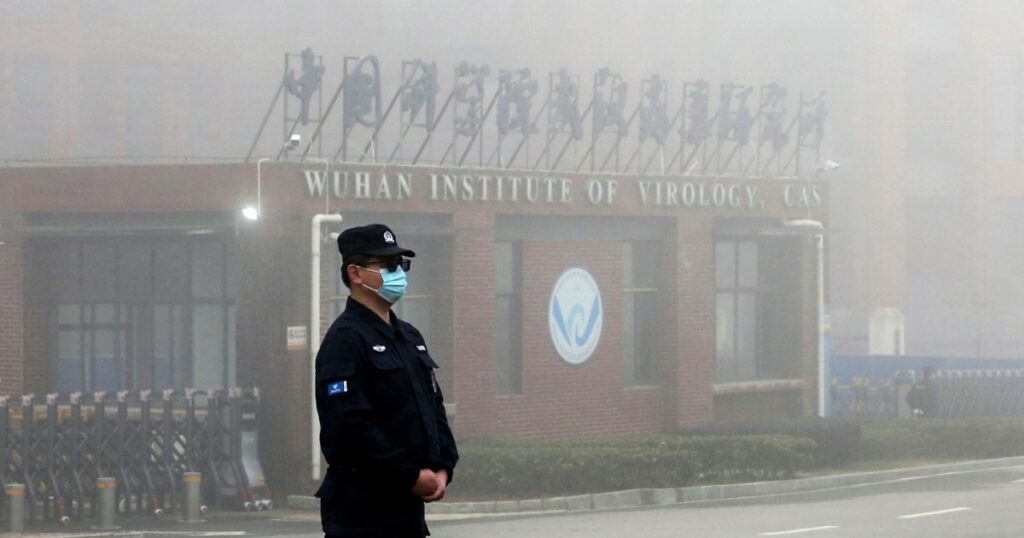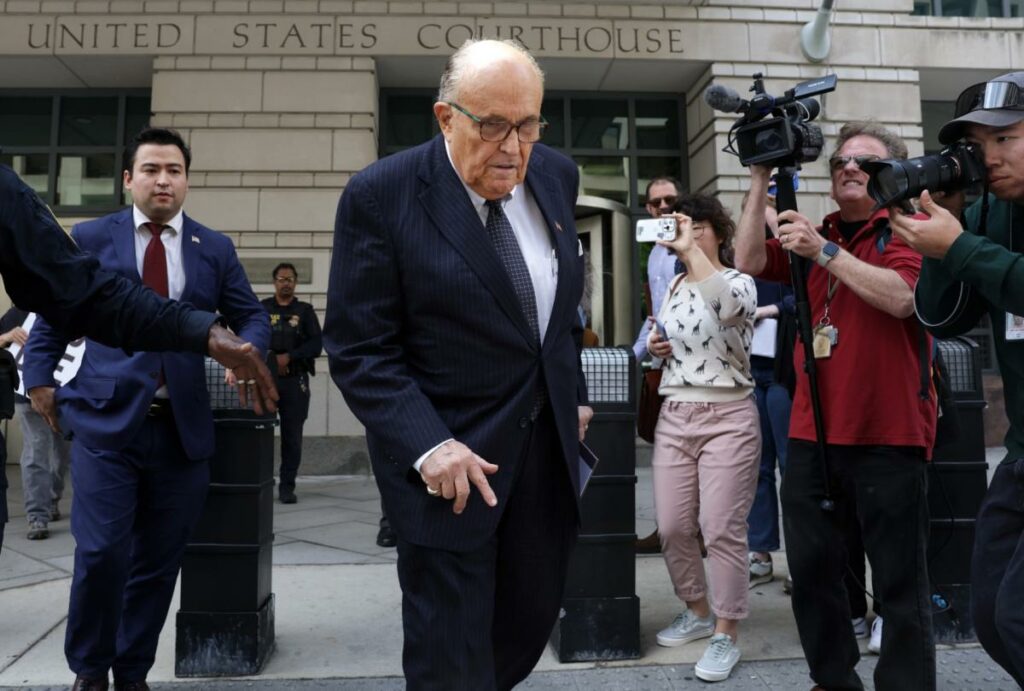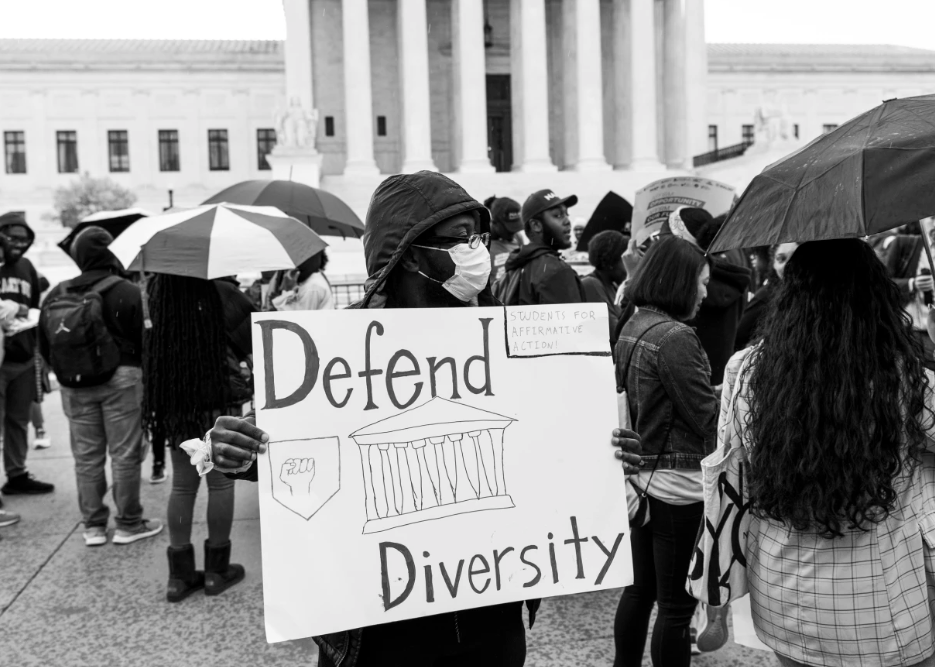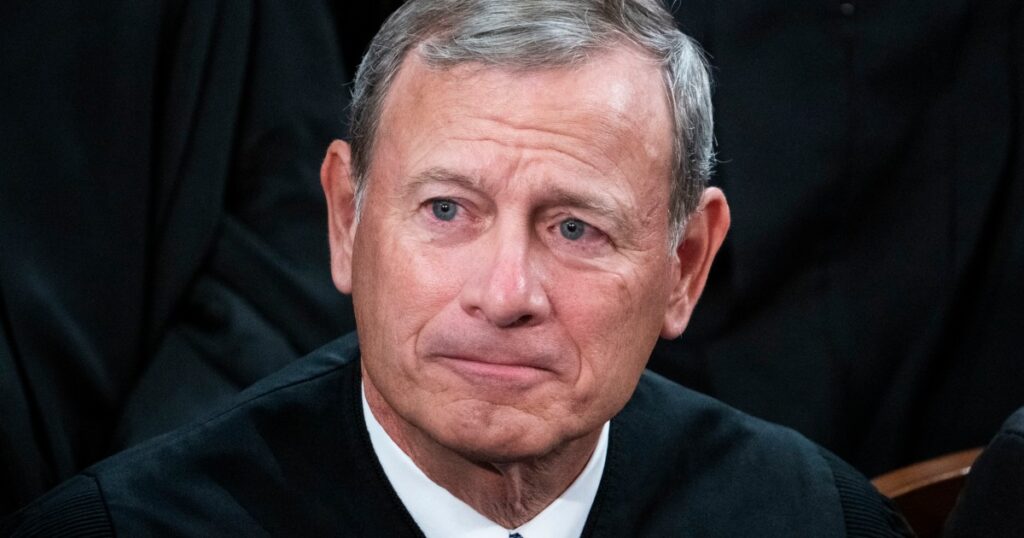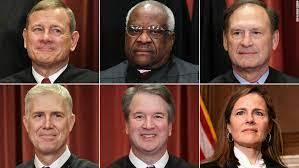The Supreme Court’s recent ruling on a challenge to congressional district lines in North Carolina may have averted disaster for elections in the country, but it also raises concerns about the court’s conservative leanings and its potential impact on future elections. Chief Justice John Roberts, along with five other justices, handed down a decision that addressed the issue of partisan gerrymandering. However, the ruling also brings to mind the court’s infamous decision in Bush v. Gore, which has left some worried about the court’s commitment to legal principles.
The case in question involved a challenge to district lines drawn by the GOP-dominated North Carolina Legislature. The state’s supreme court, controlled by Democrats at the time, had concluded that the lines amounted to partisan gerrymandering and violated the state’s constitution. Republicans who challenged the ruling argued that only state lawmakers, not state courts, should have the power to make decisions about federal elections.
The theory behind this argument is based on the Elections Clause of the Constitution, which states that state legislatures determine the “Times, Places and Manner” of federal elections. Under this theory, state lawmakers have the sole authority to make decisions about federal elections, without any judicial review. This means that they could potentially make decisions that violate state laws, such as closing down polling places.
Interestingly, while the case was being appealed to the U.S. Supreme Court, the balance of power in the North Carolina Supreme Court shifted, with the Republican majority overruling the previous decision. This raised questions about whether the U.S. Supreme Court would still find a live controversy to decide. However, the court answered in the affirmative.
While it may be tempting to celebrate the court’s decision as a victory for democracy, it is important to consider the implications. The court chose to hear a case based on a fringe theory about the power of state lawmakers, even though there was no compelling reason to do so. The fact that they realized the potential dangers after oral arguments and adjusted their ruling does not necessarily make them legal heroes.
Furthermore, the ruling leaves room for future election disputes and the court’s involvement in them. Chief Justice Roberts wrote that “state courts may not transgress the ordinary bounds of judicial review” when it comes to federal elections. However, the standard of what constitutes “ordinary bounds” is vague and open to interpretation. This gives the court the power to second-guess state courts’ decisions on election laws, potentially impacting the outcome of future elections.
This is reminiscent of the 2000 election, when the U.S. Supreme Court reviewed a decision by the Florida Supreme Court in Bush v. Gore. Only three justices supported the theory that the court seems to be leaning towards now. The court’s recent decision may establish this once-fringe theory as a guiding principle, further eroding the court’s legitimacy as an independent judicial body and undermining the integrity of our elections.
In conclusion, while the recent ruling may have addressed a specific issue, it raises concerns about the court’s conservative leanings and its potential impact on future elections. The court’s decision allows for greater involvement in election disputes and leaves room for interpretation, potentially undermining the legitimacy of the court and our democratic processes.
Unveiling the Unsettling Aspect of John Roberts’ Celebrated Supreme Court Ruling
The Supreme Court of the United States, often regarded as the ultimate arbiter of justice, has witnessed numerous landmark rulings throughout its history. These rulings have shaped the nation’s legal landscape and influenced the lives of millions. Among these influential decisions, Chief Justice John Roberts’ celebrated ruling in a particular case stands out. However, upon closer examination, it becomes evident that this ruling carries an unsettling aspect that warrants scrutiny.
Chief Justice Roberts, known for his conservative leanings, has been a pivotal figure in shaping the court’s jurisprudence. His ruling in the case in question, which garnered widespread acclaim, seemed to strike a balance between competing interests and uphold the principles of justice. However, a deeper analysis reveals a disconcerting undercurrent that challenges the notion of impartiality and raises concerns about the court’s role in safeguarding the rights of all citizens.
One of the unsettling aspects of Chief Justice Roberts’ ruling is the potential for it to perpetuate systemic inequalities. While the ruling may appear fair on the surface, it fails to address the underlying structural issues that perpetuate injustice. By focusing solely on the immediate case at hand, the court missed an opportunity to address the broader systemic problems that contribute to the very issues it sought to resolve. This narrow approach risks perpetuating a cycle of injustice and denies marginalized communities the substantive relief they deserve.
Furthermore, Chief Justice Roberts’ ruling raises questions about the court’s commitment to protecting individual rights. While the ruling may have been celebrated for its perceived neutrality, it fails to fully consider the impact on the rights of individuals who are most vulnerable. By prioritizing the interests of powerful entities or majority opinions, the court risks undermining the fundamental principles of justice and equality that it is entrusted to uphold. This unsettling aspect of the ruling highlights the need for a more comprehensive and inclusive approach to decision-making.
Another disconcerting aspect of Chief Justice Roberts’ celebrated ruling is the potential for it to set a dangerous precedent. Supreme Court decisions have far-reaching consequences, shaping the legal landscape for years to come. When a ruling fails to adequately address the complexities of an issue, it can create a precedent that may be exploited or misinterpreted in future cases. This unsettling aspect of the ruling raises concerns about the long-term implications for justice and the potential erosion of hard-fought rights and protections.
It is crucial to recognize that unveiling the unsettling aspect of Chief Justice Roberts’ celebrated ruling does not diminish the importance of the Supreme Court or its role in safeguarding justice. Rather, it serves as a reminder that even celebrated rulings should be subject to critical analysis and scrutiny. By acknowledging the unsettling aspects of such decisions, we can foster a more robust and inclusive dialogue about the court’s role in upholding justice and protecting the rights of all citizens.
In conclusion, Chief Justice John Roberts’ celebrated Supreme Court ruling, while initially hailed as a triumph of justice, reveals unsettling aspects upon closer examination. The potential perpetuation of systemic inequalities, the failure to fully protect individual rights, and the risk of setting dangerous precedents all warrant careful consideration. By critically analyzing celebrated rulings, we can ensure a more just and equitable legal system that truly upholds the principles of justice for all.


